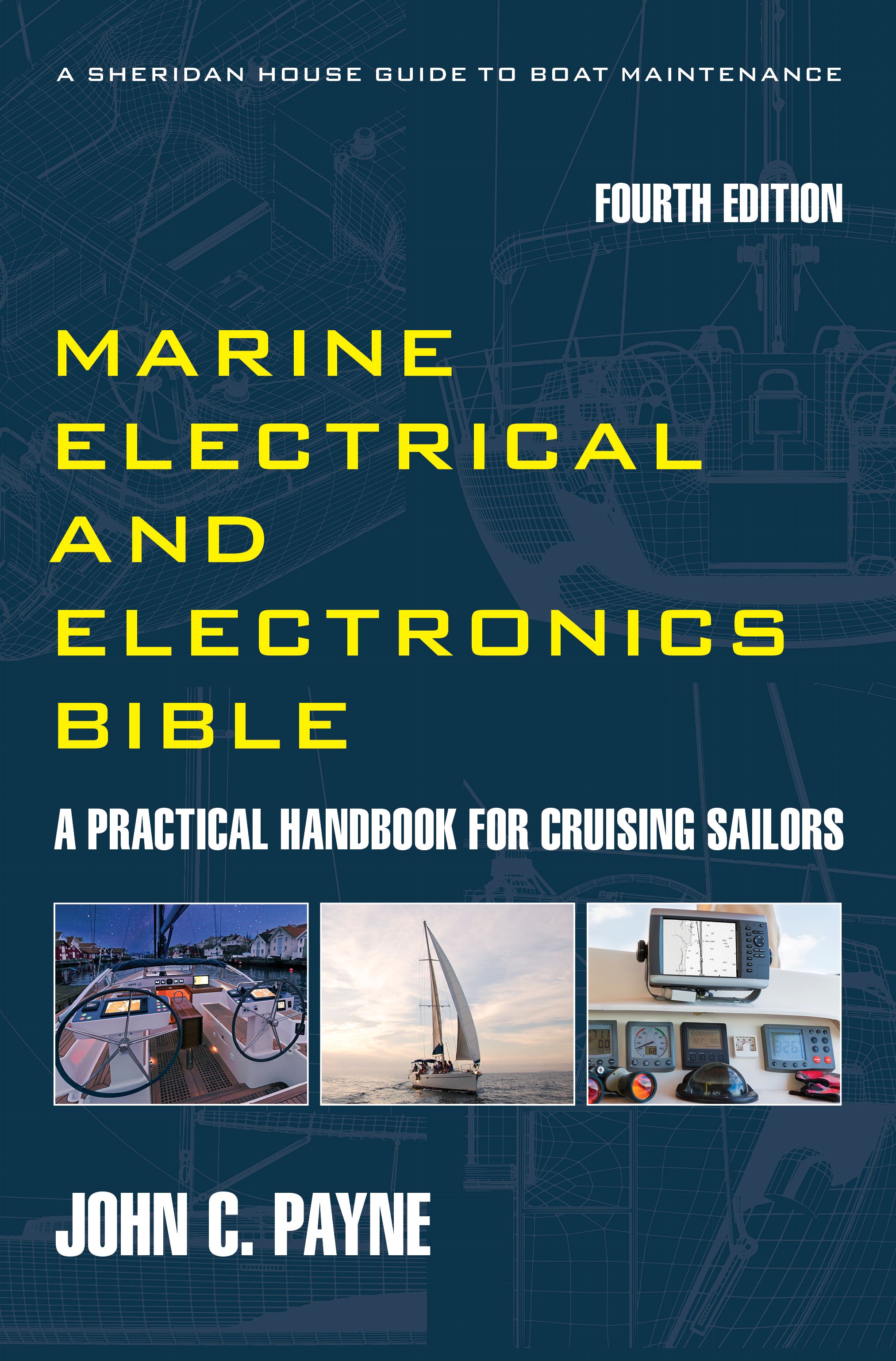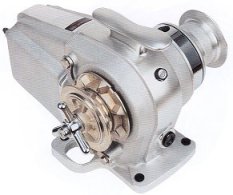Electric Anchor Winch and Windlass Troubleshooting
The electric anchor winch and windlass is generally reliable but sometimes they decide to stop. If the windlass on your cruising yacht or even your power boat does not operate then always check the obvious. The most common problems are the circuit breaker or isolator switch is in the off position. The second most common cause is the is slow blow fuse failure if installed. But anchor winch fuses blow for a very good reason so don’t keep whacking in expensive fuses and expect it to keep running. Do some investigation as to why. Another common problem area is the foot switch, and the connections should be checked. Anchor winch switches that are full of water are also a common fault, so open them and check it. The next most common anchor winch faults are solenoid connections, or solenoid control fuse failures. Loose a anchor winch motor connections are a common cause of problems as well as motor faults, and checking for corrosion and degradation of terminals is important. Safety message. Always isolate the anchor winch electrical supply when working on a winch, it is easy to get activated and you will get seriously injured of you or a body part gets caught up when operating your anchor winch.
The Marine Electrical Electronics Bible is now out, buy and save money, make your boat more reliable and be self sufficient.Marine Electrical and Electronics Bible 4th Edition
The Marine Electrical Electronics Bible is now out, buy and save money, make your boat more reliable and be self sufficient.Anchor and Windlass Winch is Running Slow
If the electric anchor winch and windlass operates slowly or stalls under load, it is generally due to either excessive load, or a low battery voltage. You should be running your engine when heaving an anchor so make sure you do and battery voltage is less of a problem.
If that fails to remedy things then check the battery connections or motor connections, if they are loose or corroded a high resistance will drop the voltage. This is a very common cause of anchor winch slow operation and generally the motor terminals will be hot or warm as current passing through the high resistance joint generates heat.
Another cause can be a anchor winch motor fault, and motor brushes sticking is not uncommon in some older motors. Newer generation anchor windlasses have permanent magnet motors which are brushless so eliminating this problem.
Anchor Winch and Windlass Breaker Trips or Fuse Blows
If the slow blow fuse or circuit breaker has failed, check the anchor winch is not jammed or seized, and check it by turning over by hand. A circuit breaker tripping usually indicates that the anchor windlass is being overloaded. Tripping usually occurs over small period form one or two second or more. If it is instantaneous then it could indicate a more serious electrical issue. Common causes are jammed chains. Take the chain off the gypsy, and try it without chain. If it runs easily and quietly then you know it's not the chain or motor and gearing seizing and jamming up.
If the fuse or circuit breaker failure is instantaneous, this usually indicates a short circuit in the anchor winch motor or across the terminals. You need to check this out and what ever you do please don’t go and insert new fuses hoping for a different outcome.
Electric Anchor Winch Will Not Operate
The number one thing to check, and I know it is stating the obvious, but verify the anchor winch isolator switch is on, or the circuit breaker is switched on. I know as like many I have experienced the same. Like many systems the issues usually start in the control system. Anchor winch footswitch faults are the most common cause of operational issues. They get doused or submerged with water and are often waterlogged, so check that out first. Check that footswitch connections are not loose. Solenoid anchor winch connection faults do occur sometimes, and also solenoid faults, so inspection of same is important. Another common cause is loose or corroded motor connections and terminations. They need to be clean, bright and tight. Less of a problem except usually on older boats with poor maintenance are motor faults. The most common is a sticking or jamming carbon brush. Anchor winch motor winding failures are usually after overheating and wrecking the windlass through severe overloading, such as trying to haul in an anchor without motoring up when retrieving. It is basic but so common. There are a small number of anchor windlass DC motors that incorporate an internal thermal cutout that trips on over temperature. Again you have to wait a minute to allow motor to cool and for a reset.
Electric Anchor Winch Stalls Under Load
In most cases this is entirely due to applying excessive load, either from the anchor and rode or a jammed up windlass gypsy. It is easy to blame low battery voltage but a reminder you should have engine on and motoring when retrieving an anchor so power should not be the issue. Poor motor connection on an anchor winch can cause an issue, that is because they are not clean and tight and as they make a high resistance in the circuit cause voltage drop and therefore heating and power loss. Sometimes there can be poor brush contact and this affects power.
Anchor Winch Control Fuse Ruptures
The anchor winch control system circuit control fuses can blow. They shouldn’t but its because water has got in somewhere and created a short. Less of a problem can be a fault in solenoid, or a fault in the control circuit.
Anchor Winch Solenoid Chatters
If an anchor winch control solenoid starts chattering and so affects the power going to the windlass this can be caused by low voltage at the solenoid. This is generally caused by a poor or loose connection. Sometimes an anchor winch faulty control switch connection, given you get foot switches and cockpit switches there are more failure points. Solenoid coils rarely fail, it is always in the wiring. Electric anchor winch information and advice on sailboat anchor handling.

